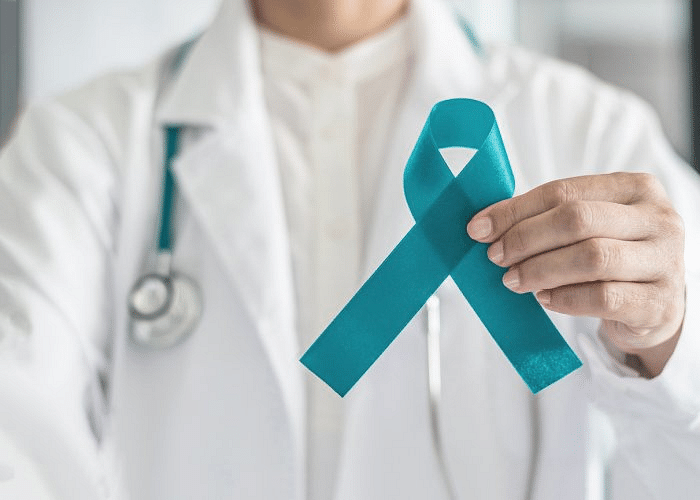
The eight states of the Northeast are likely to witness 57,131 cancer cases by 2025, which is over 7,000 more than the number projected for 2020, says a latest report of Indian Council for Medical Research (ICMR) and National Centre for Dissease Informatics and Research (NCDIR), Bengaluru.
The report titled Profile of Cancer and Related Health Indicators in the North East Region of India 2021 was released in an online function by Balram Bhargava, secretary of department of health research and director general, ICMR, New Delhi. The report was released on World Cancer Day on Thursday (February 4).
"The probability of developing cancer over a lifetime was high as 1 in every 4 males and 1 in every 6 females in Kamrup urban in Assam. The commonly occurring cancers among males were cancer of the oesophagus and lung, while in females, cancer of the breast was the leading site, followed by that of cervix uteri," said the report.
The estimates are based on cancer data compiled by eleven Population Based Cancer Registries (PBCRs) in all eight states.
According to the PBCRs data between 2012 and 2016, Assam reported 24, 392 cancer cases (Kamrup metro: 11,013, Cachar: 8,606 and Dibrugarh: 4773) followed by 11,473 cases in Tripura and 8,202 in Manipur.
The report said the highest incidence rate in males was recorded in Aizawl district in Mizoram and among females in Papumpare district in Arunachal Pradesh.
The report said that proportion of tobacco-related cancers was 49.3 per cent in males and 22.8 per cent in females.
"At the time of diagnosis of breast, cervix, head and neck, stomach and lung cancers, less than one-third
were localized, while the remaining were spread either nearby or distantly in the body," it said.
The proportion of cancer patients seeking treatment outside the north east was highest for Sikkim (95.3 per cent) and Nagaland (58.1 per cent).
"The Northeast region is a thrust area for ICMR to augment research to address cancer prevention and control activities. The scientific evidence generated from the registries has led to strengthening of health infrastructure in the region and will provide the guidance for future policy decisions”, said Bhargava.
“We need to focus on early diagnosis and prevention of Cancer. The report has given us valuable insights into the prevailing risk factors of Cancer - all the stakeholders must now come together to fights its increasing incidence," said GK Rath, Head of AIIMS, BRAIRCH and NCI, Jhajjar.
In all the states, the incidence of cancer was higher in males than in females except in Manipur and Sikkim.